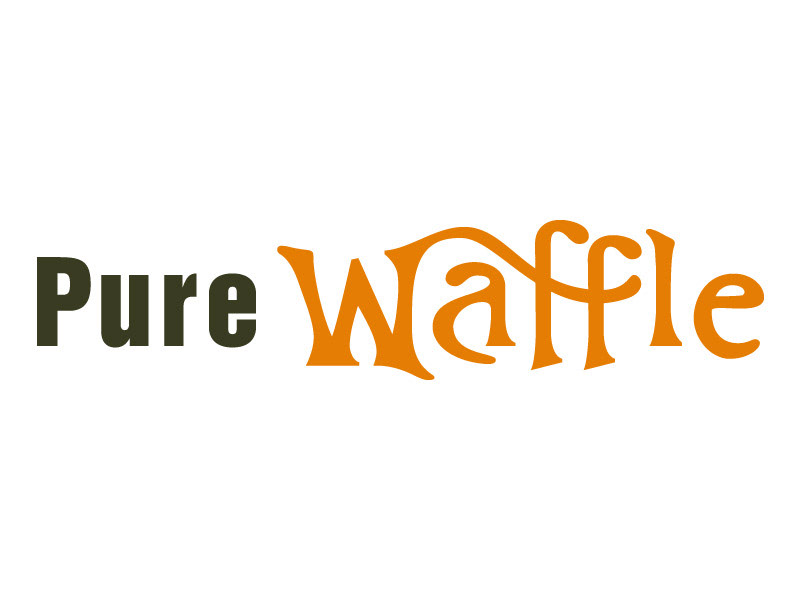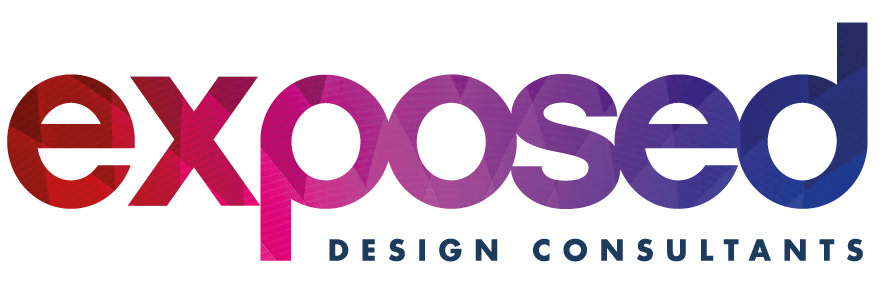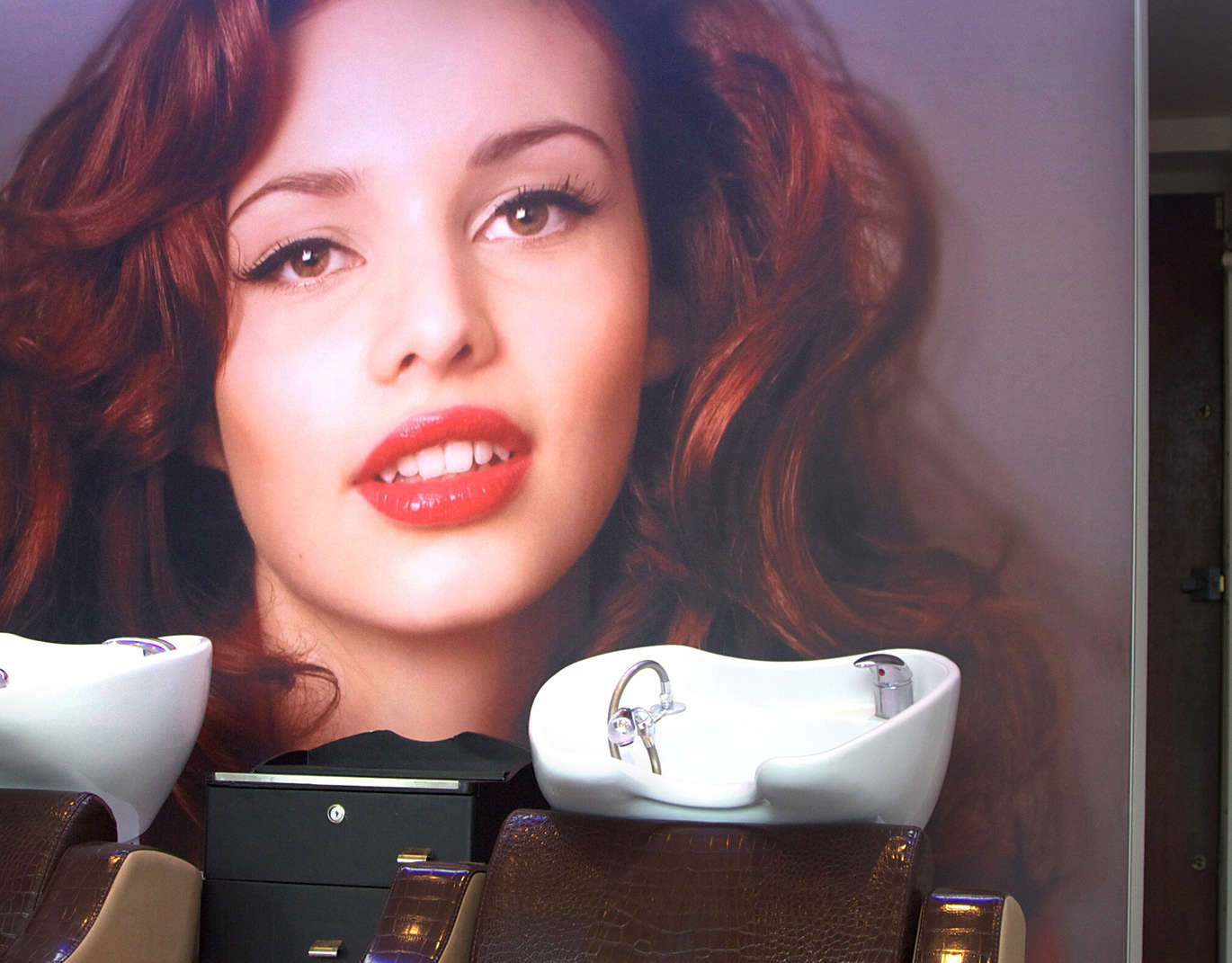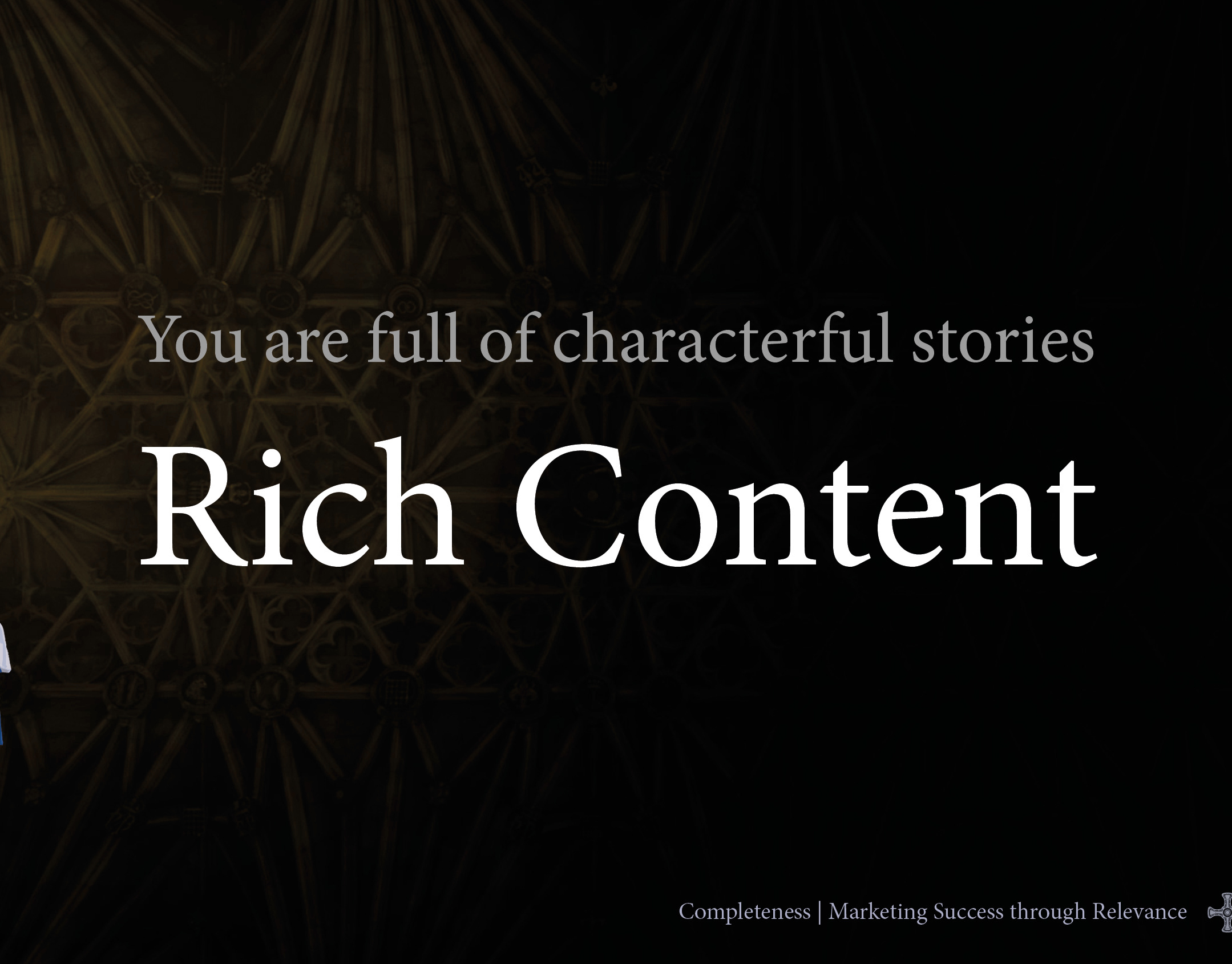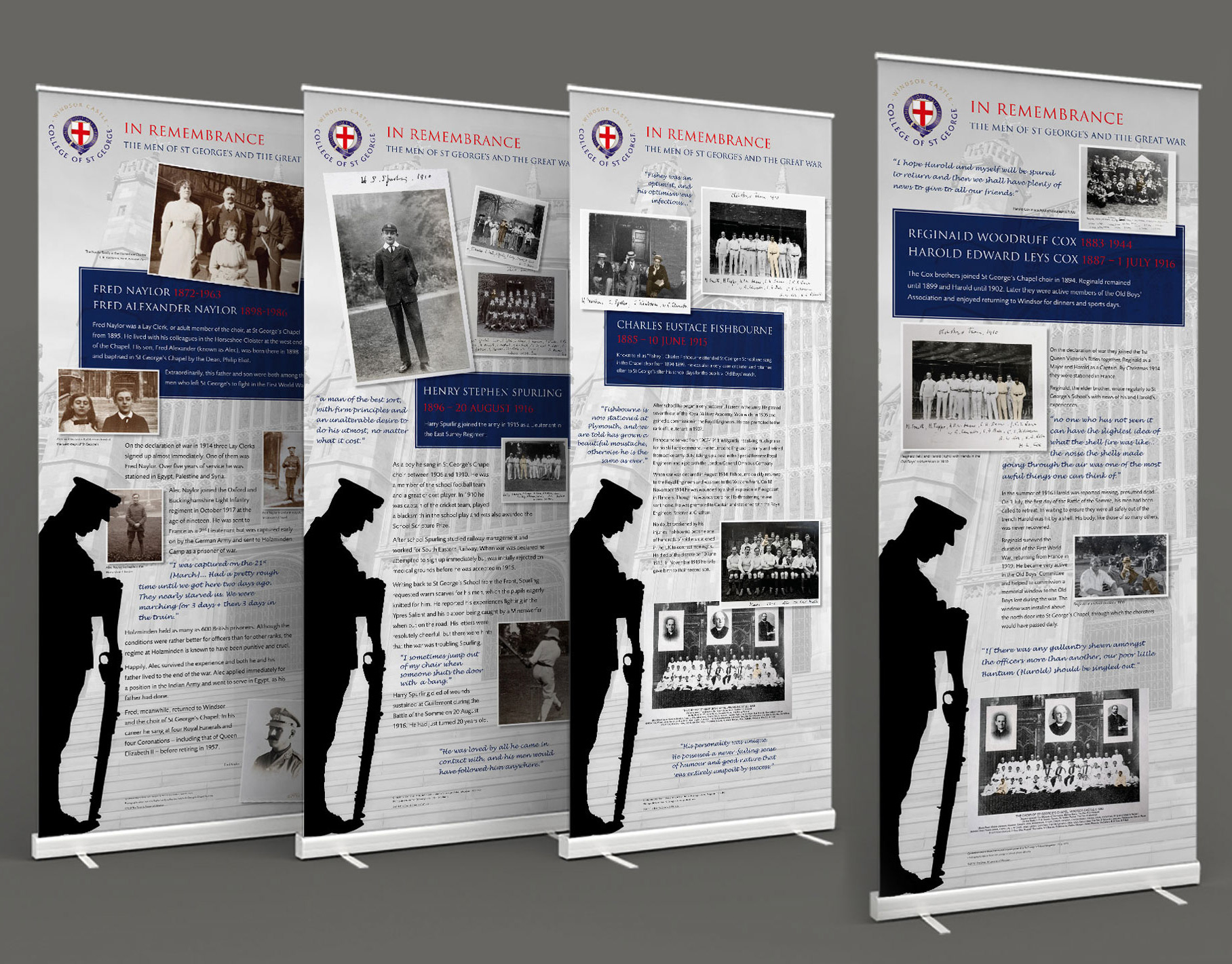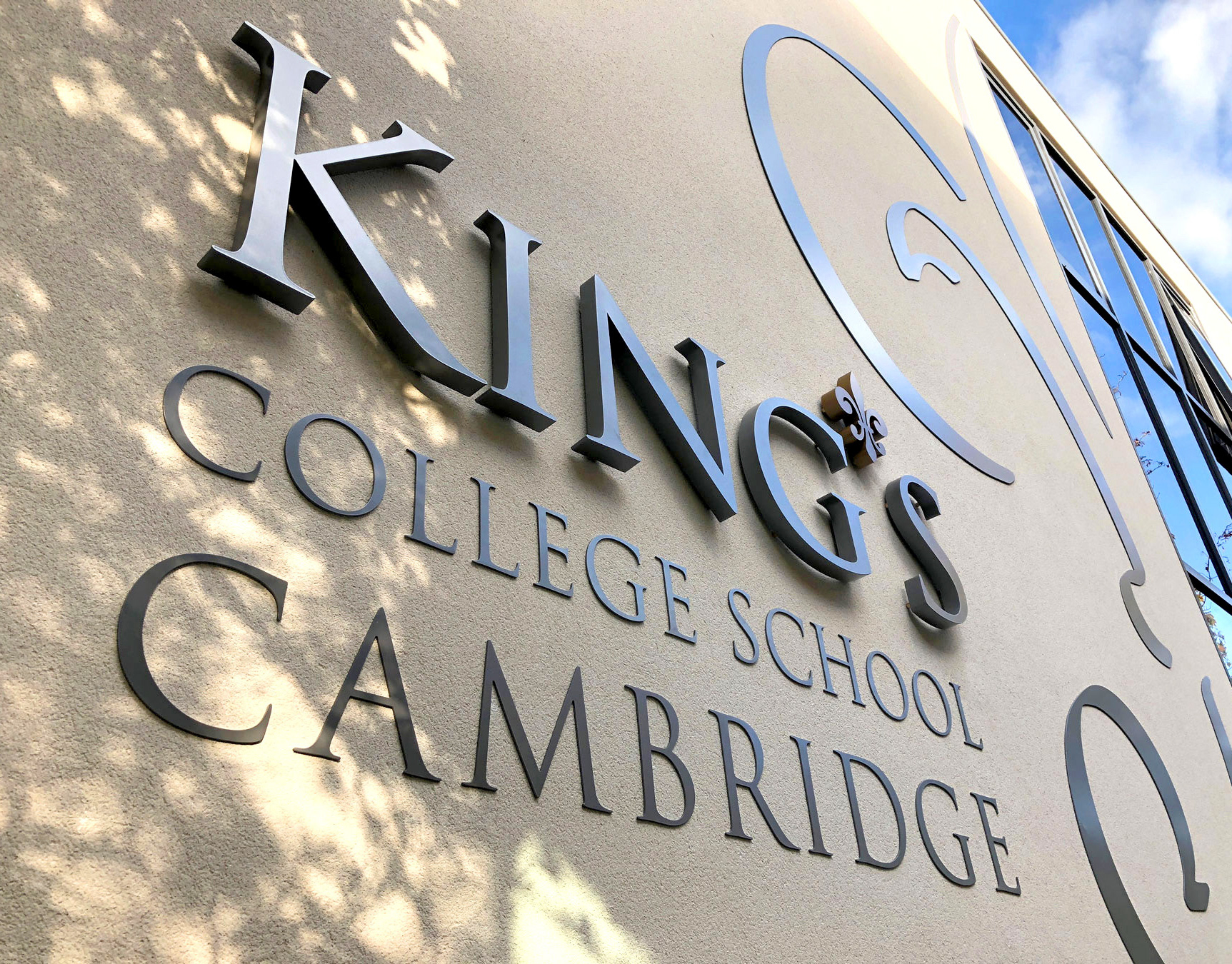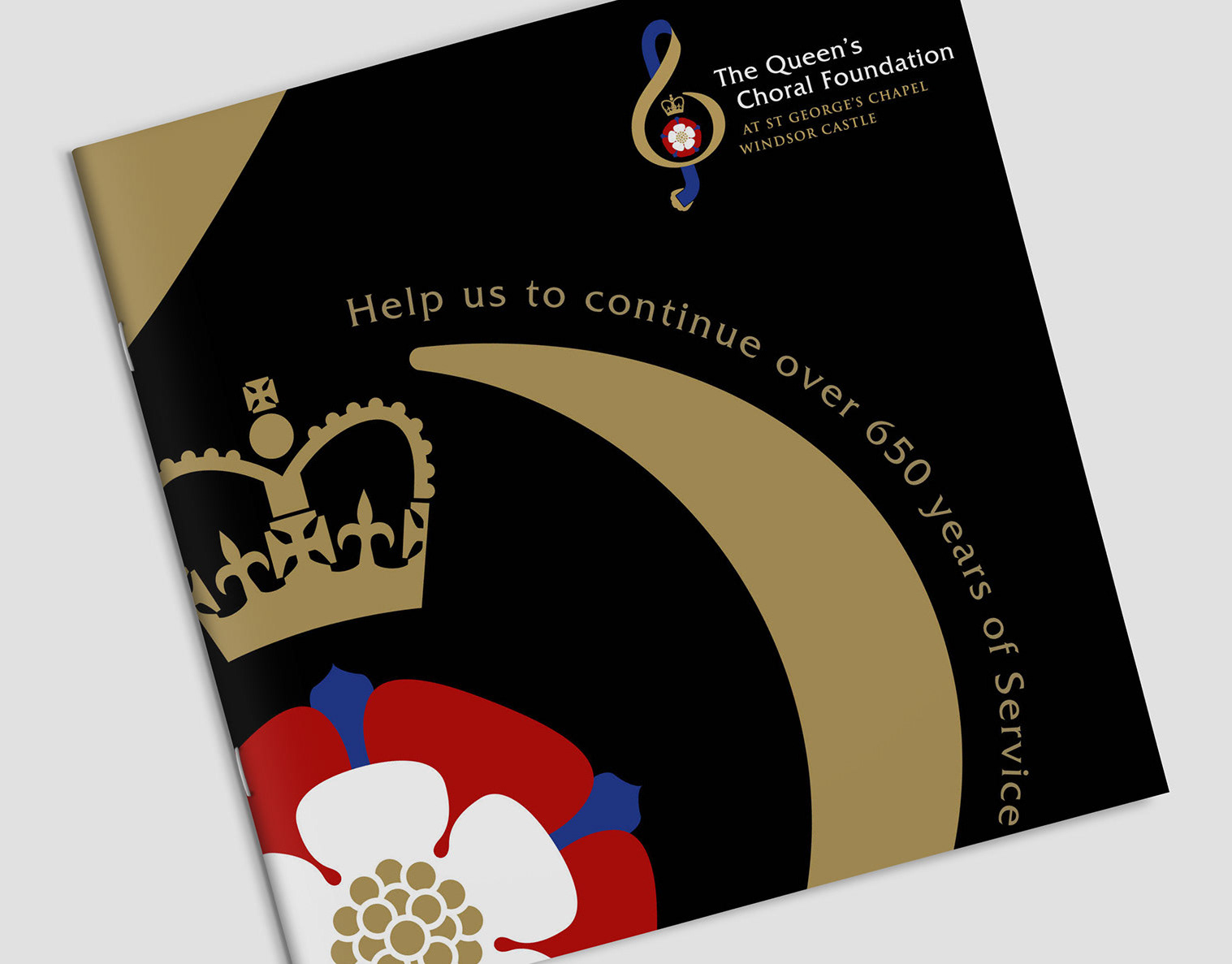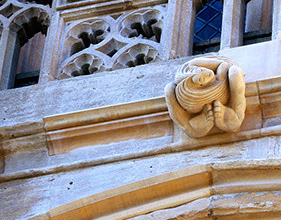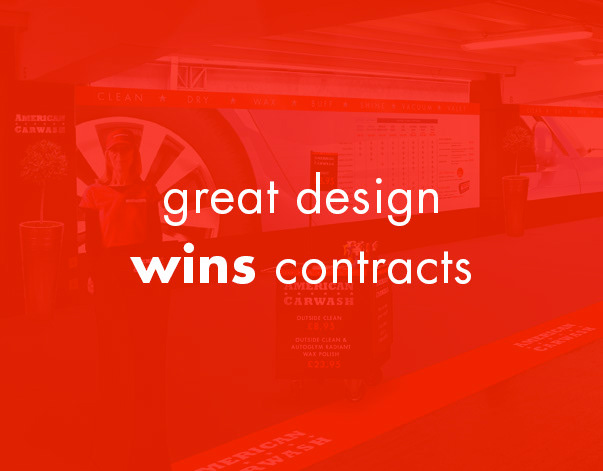Professional Logo Design in London That Drives Results
Craft a logo that speaks volumes. Build a brand that wins business.
At Exposed Design Consultants, we specialise in creating bold, memorable logo designs that form the backbone of successful brands. Based in London, we bring over 30 years of graphic design expertise to help businesses like yours grow with logos that resonate, inspire trust, and leave a lasting impression.
Why Your Logo Matters More Than Ever
In a world of endless choices, your logo is often the first — and most important — touchpoint your audience will have with your brand. A successful logo doesn’t just look good—it connects emotionally, communicates your values, and sets the stage for everything your business stands for.
We don’t just design logos—we craft brand identities that win hearts and drive loyalty.
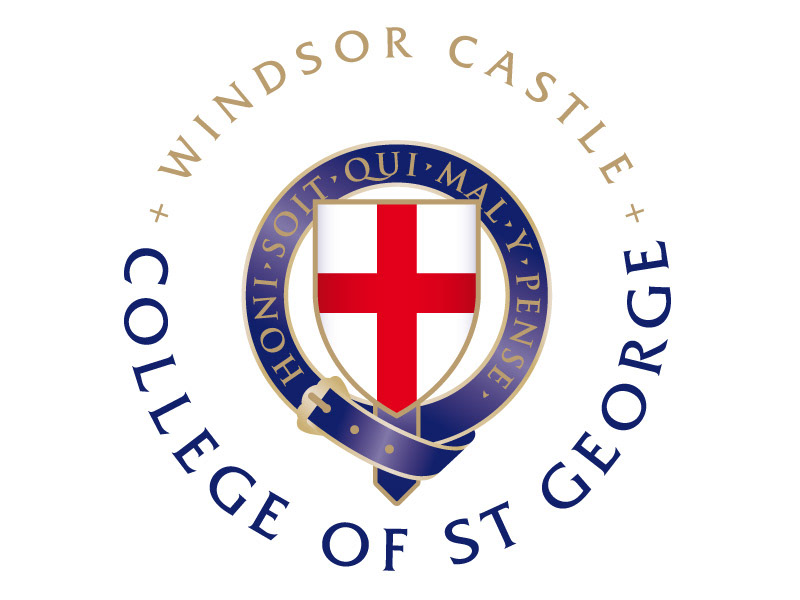
Centre of a rebranding project focused on bringing departments together
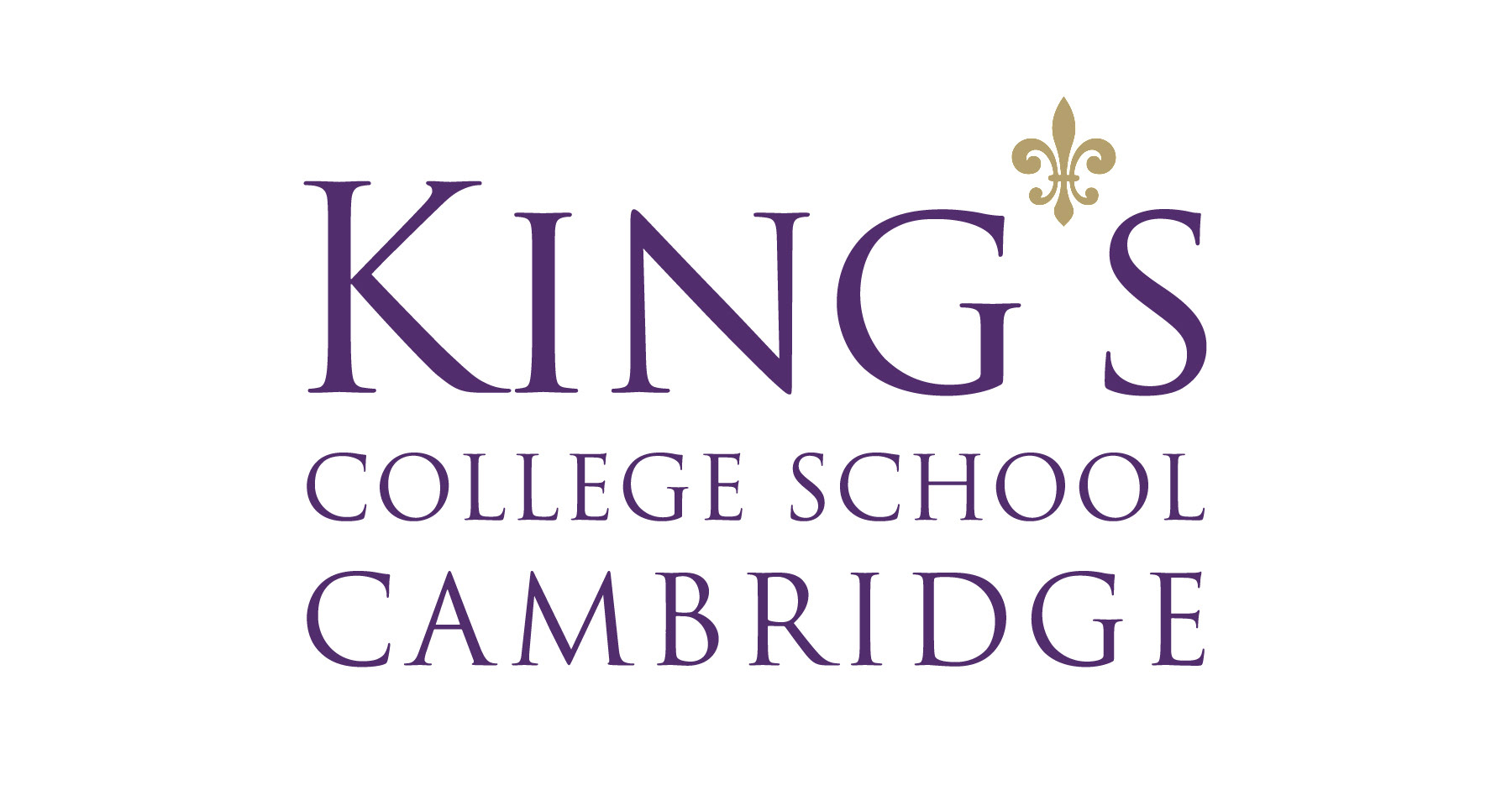
Logo design for King's College School Cambridge
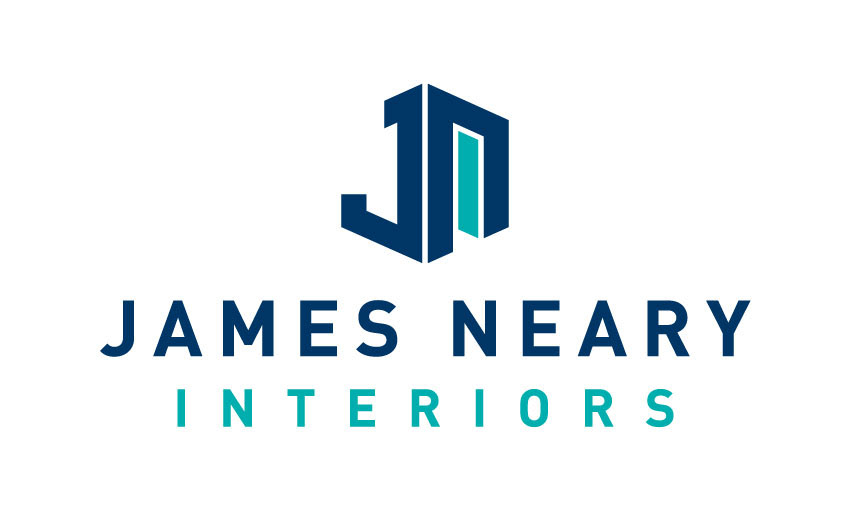
Logo Design - Interior build and fitout
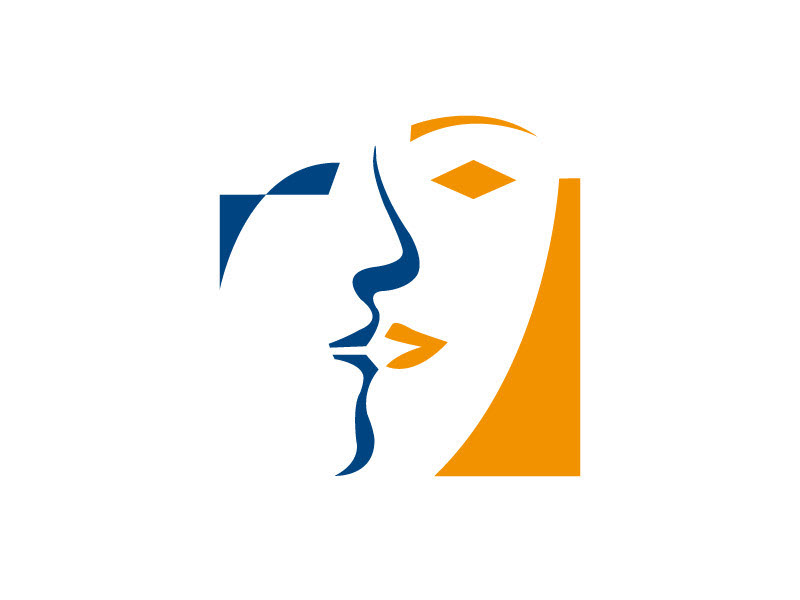
Logo design for Bristol & West Bank
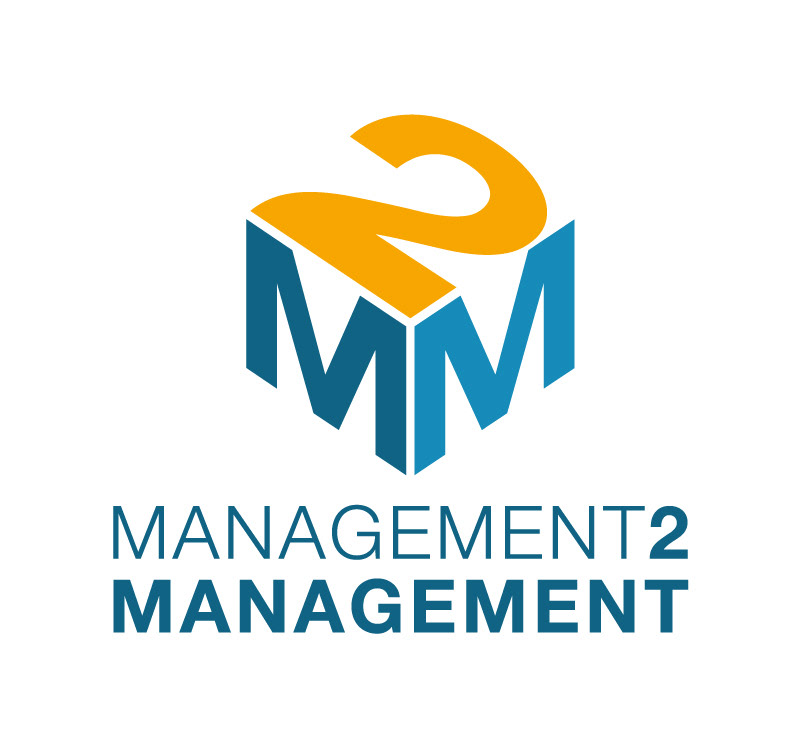
Logo Design - Property Management and Maintenance
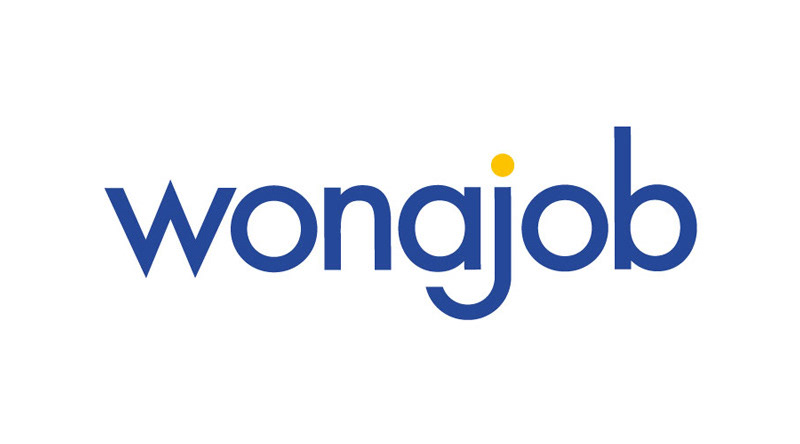
Logo design - a new approach to tech and ai talent aquisition
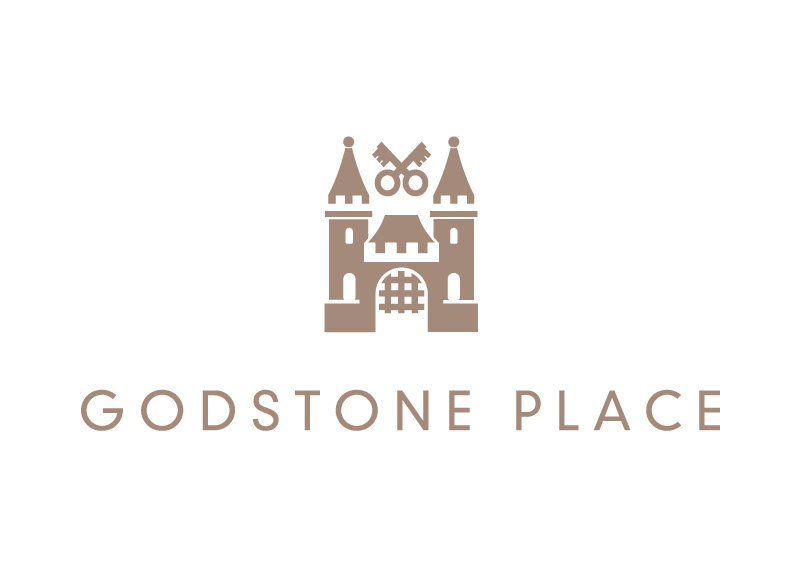
Logo Design & Signage - Residential Estate
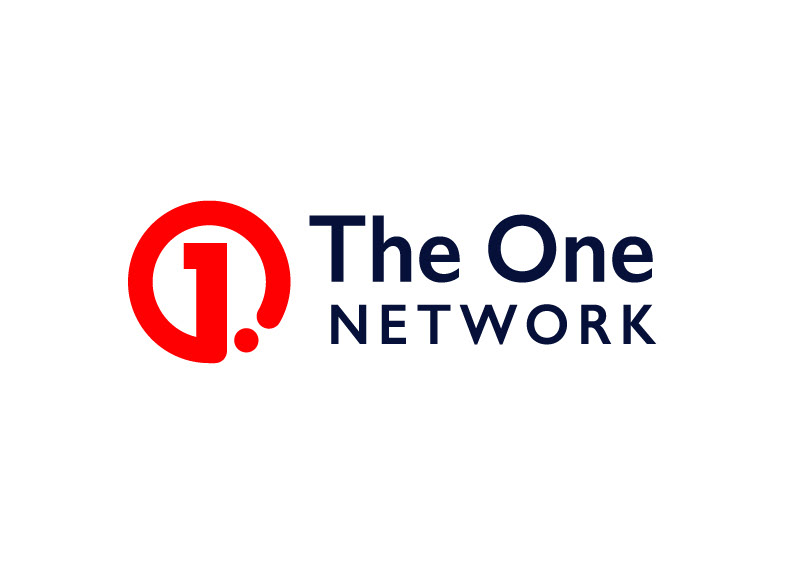
Logo design - business development and networking
What You Get with Our Logo Design Service:
✅ Strategic Brand Discovery
– We get to know your audience, your competitors, and your goals to shape the perfect brand image.
✅ Custom Logo Concepts
– No templates. Every design is bespoke and built around your business vision.
✅ Expert Typography, Colour & Symbolism
– Designed for clarity, emotional impact, and long-term use.
✅ Future-Proof Flexibility
– Scalable and versatile logos that work online, in print, and across all media.
✅ Ongoing Support
– From rebrands to brand evolution, we grow with you.
– We get to know your audience, your competitors, and your goals to shape the perfect brand image.
✅ Custom Logo Concepts
– No templates. Every design is bespoke and built around your business vision.
✅ Expert Typography, Colour & Symbolism
– Designed for clarity, emotional impact, and long-term use.
✅ Future-Proof Flexibility
– Scalable and versatile logos that work online, in print, and across all media.
✅ Ongoing Support
– From rebrands to brand evolution, we grow with you.
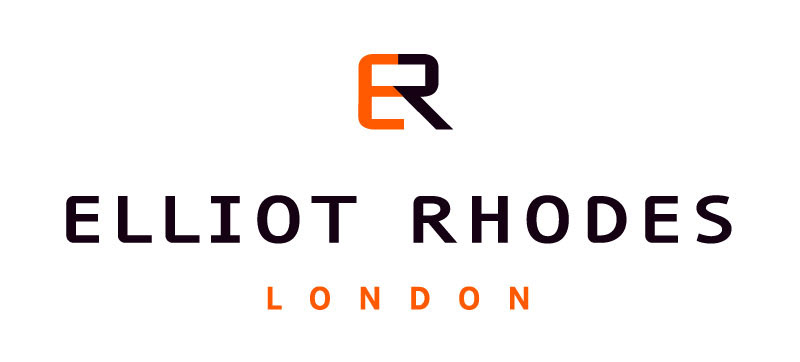
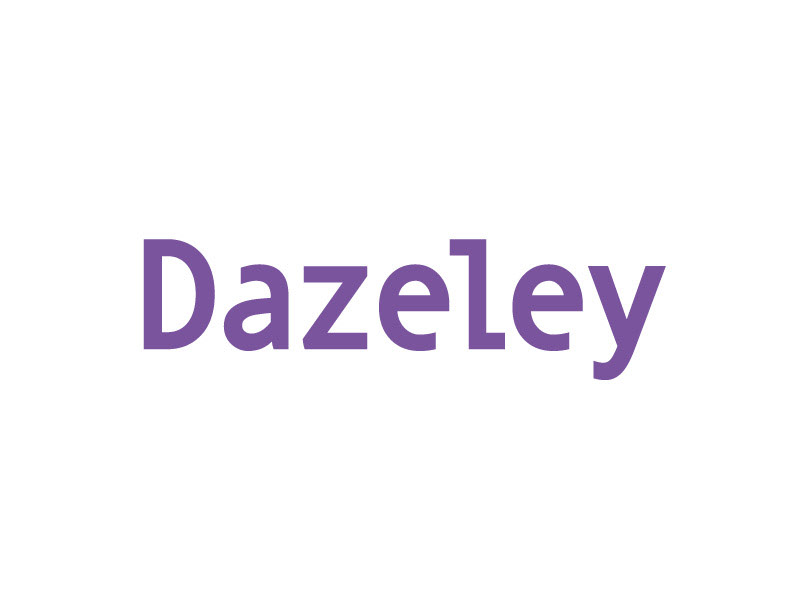
Logo design and marketing materials for Dazeley Photography
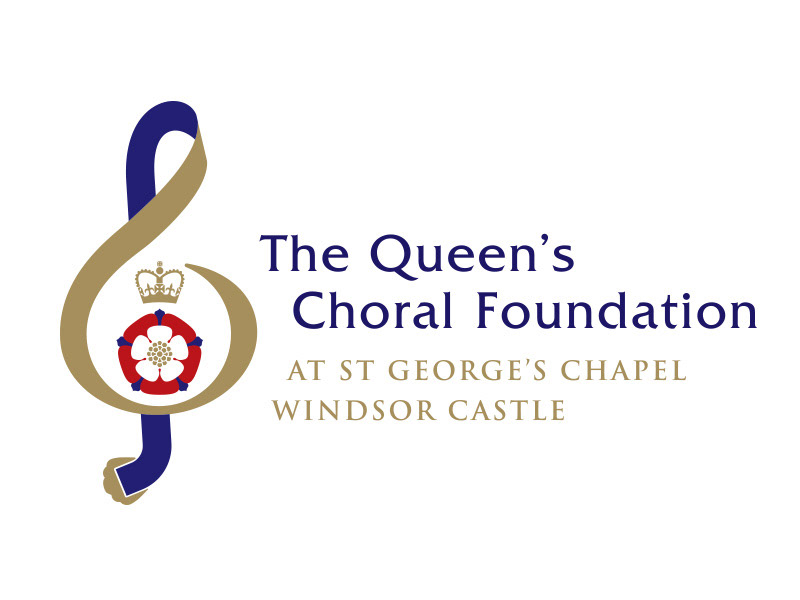
Logo design and fundraising materials
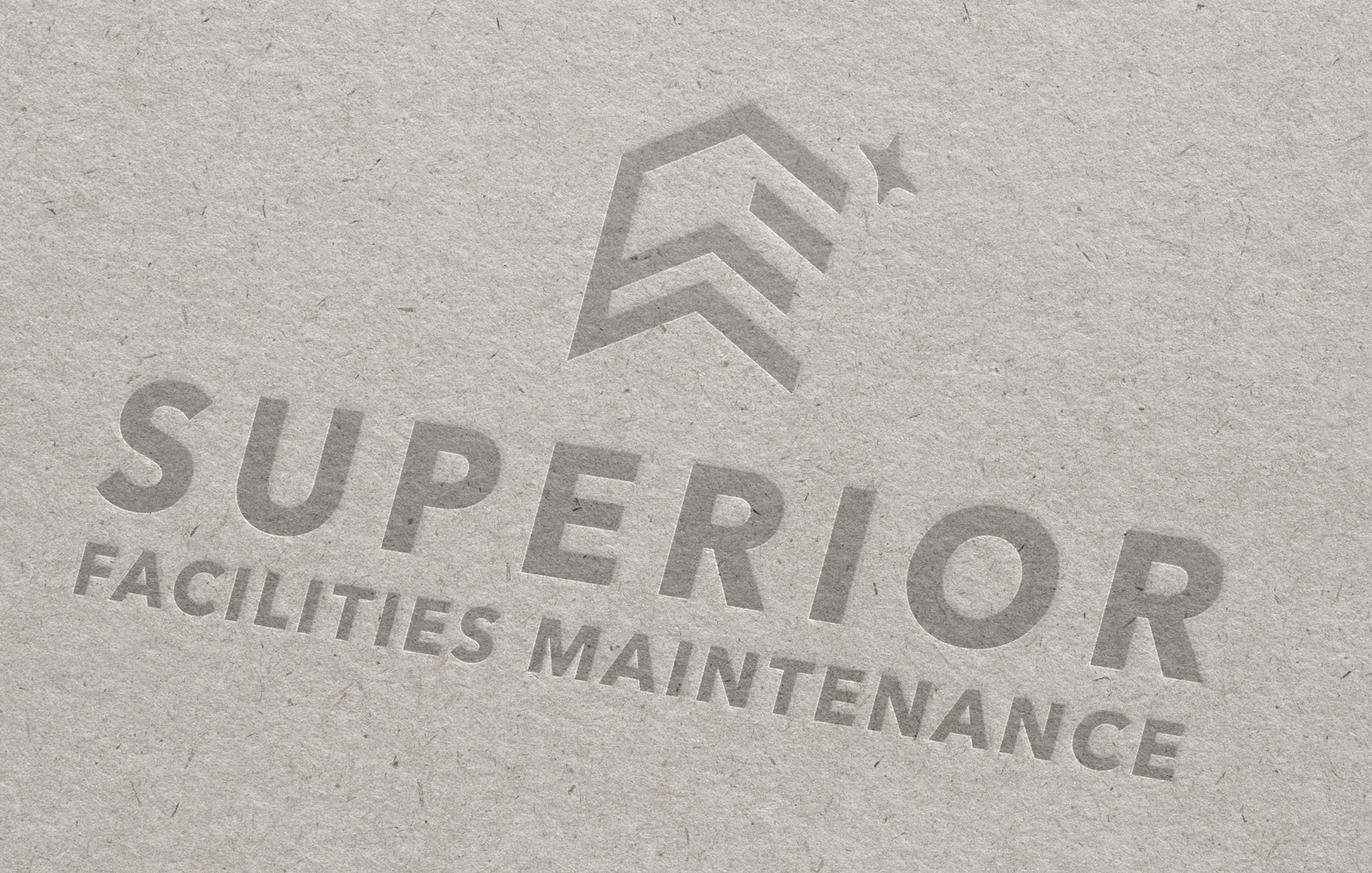
Logo Design
Logo Designs That Build Brands and Deliver Trust
From tech startups to global schools, banks to boutiques, we’ve helped organisations communicate more effectively and confidently.
Our logos have powered:
• Business launches
• Major rebranding campaigns
• Fundraising drives
• Retail growth
• Digital-first brand strategy
• Long-term identity systems
• Major rebranding campaigns
• Fundraising drives
• Retail growth
• Digital-first brand strategy
• Long-term identity systems
We Deliver More Than a Logo — We Deliver Branding Confidence
We’ve maintained lasting partnerships with clients for over three decades — because the logos we create stand the test of time. Whether you’re a startup or scaling your enterprise, your logo is your stake in the ground. Let’s make sure it’s rock solid.
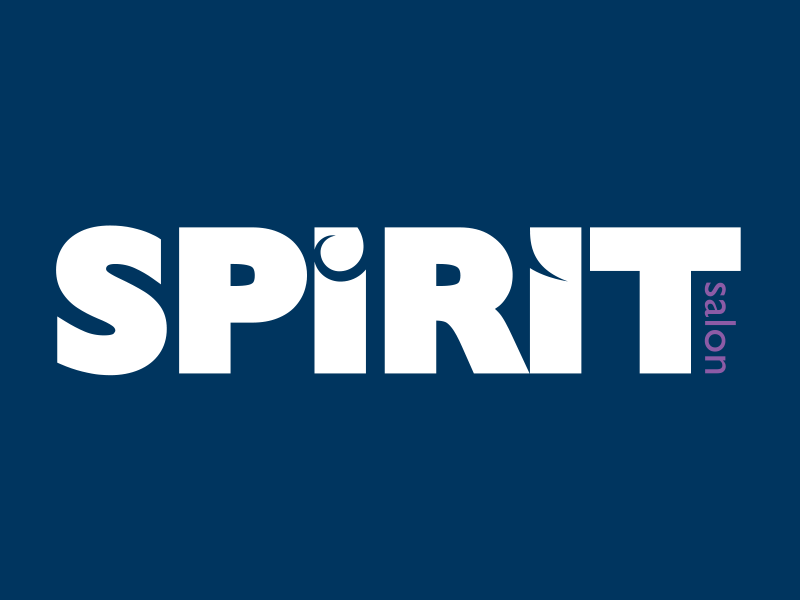
Logo design for Spirit Hair Salon
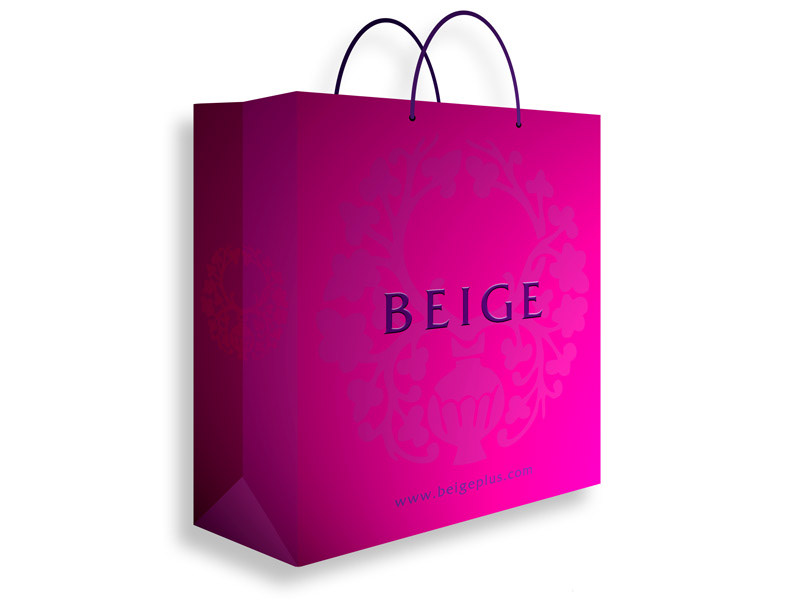
Retail branding and marketing materials for Beige Womenswear
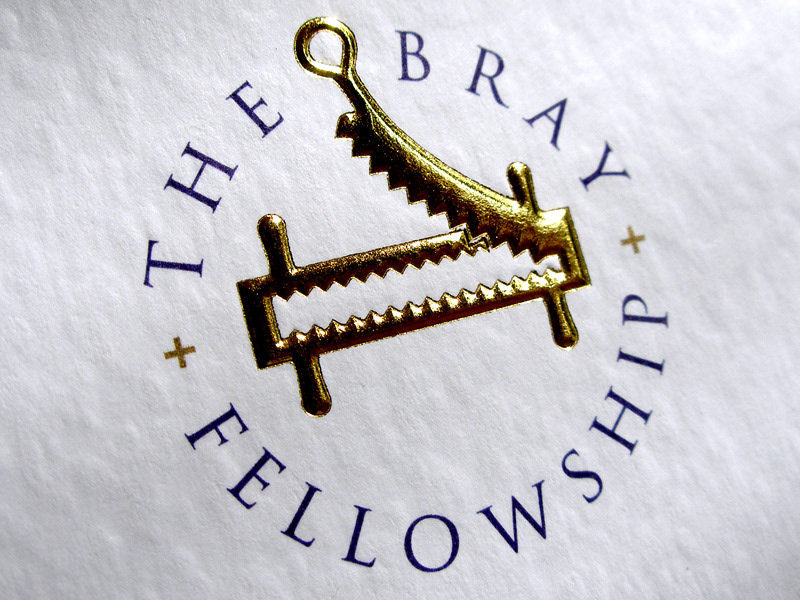
Logo design for The Bray Fellowship, Windsor Castle
Projecting the values that build trust and success
Ready to Elevate Your Brand?
Let’s design a logo that sells your story, builds loyalty, and drives action.
📞 Call us today on 020 3633 0688
Or email info@exposed.co.uk
Or email info@exposed.co.uk
We are based in North London and so all these areas are very local for us: Brent Cross, Camden Town, Central London, Colindale, Covent Garden, Enfield, Finchley, Golders Green, Hampstead, Harrow, Hendon, Highgate, Islington, Barnet, Mill Hill, North Finchley, North London, Wembley, London
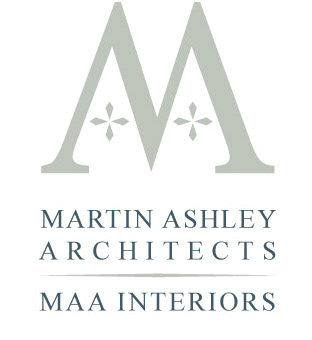
Logo design and materials
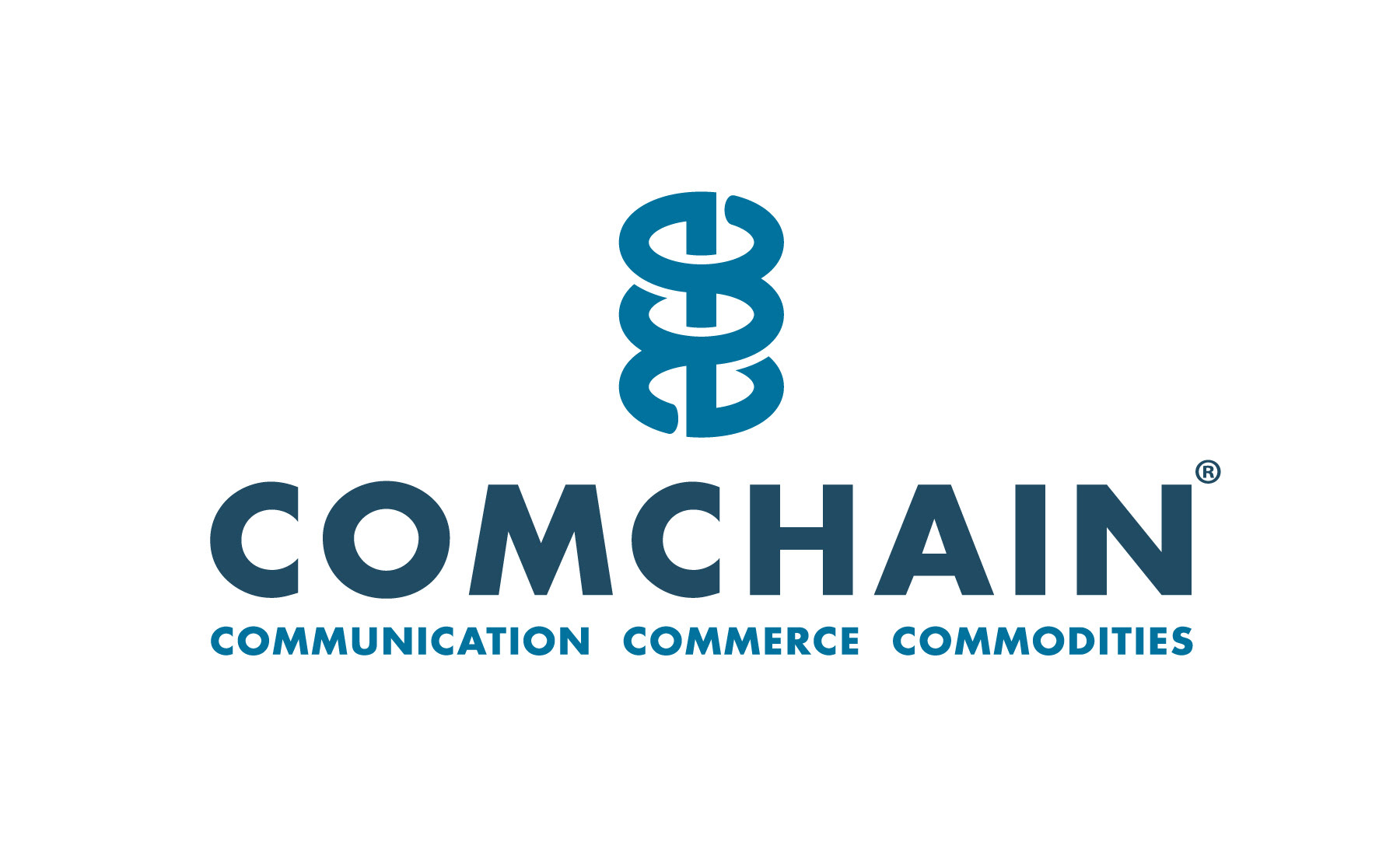
Logo design
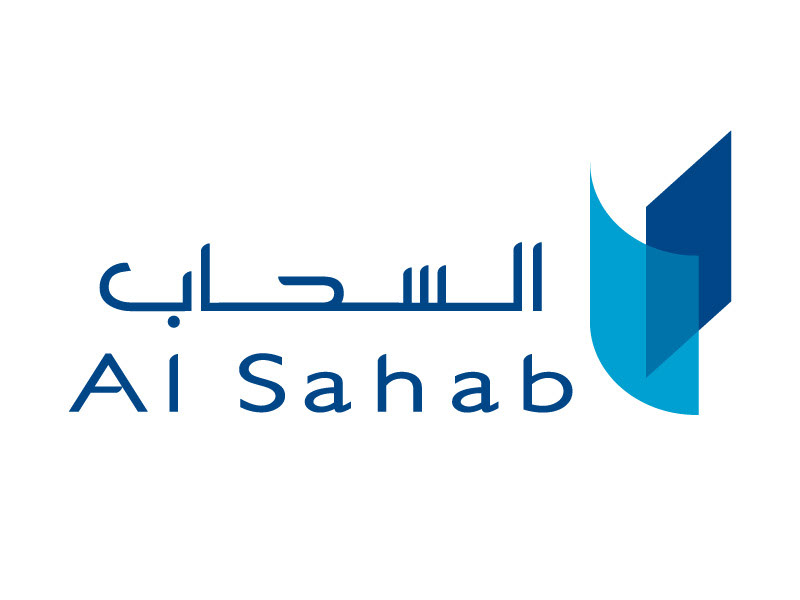
Logo design and signage design
